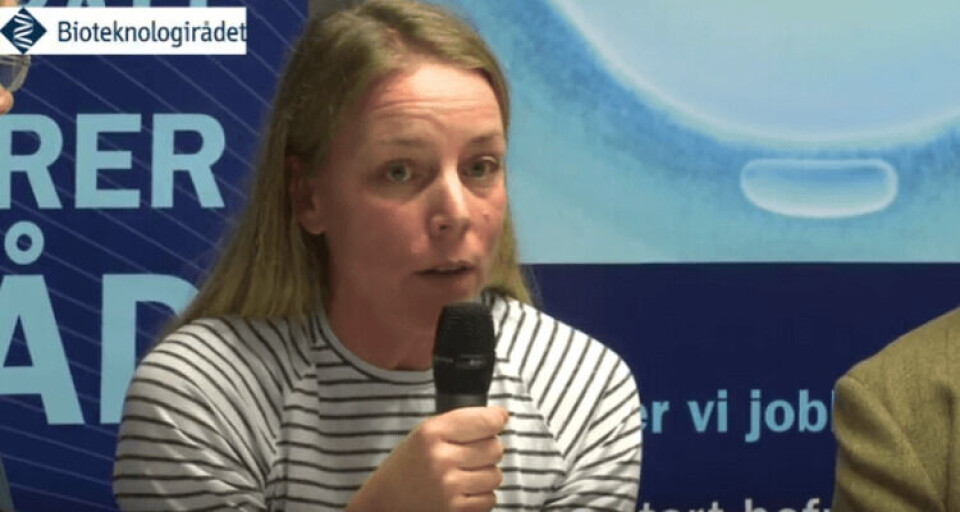
Gene-editing offers vast potential
Salmon that combine sterility, louse resistance and higher levels of omega-3s can be created by gene-editing, according to a debate that took place in Norway today (18th October).
The case for gene-editing was made by Anna Wargelius, research director at the Institute of Marine Research (IMR), as part of an event organised by the Norwegian Biotechnology Council.
As part of a team that has succeed in making sterile fish, using CRISPR technology, Wargelius is a firm believer in its benefits – to the salmon industry, to the environment and, in time, to human health.
“We’ve already succeeded in making sterile fish using gene-editing,” argued Wargelius, “to help protect the genetic integrity of wild salmon and trout.”
However, she added, that this could be combined with other traits to improve disease resistance and nutritional profile of salmon too.
“It think this [producing sterile fish] is the first step if we’re going to use gene editing…so that all the farmed fish that are in the sea would be sterile, but you could put things like disease resistance or now when you have this problem with the vegetable feed that you don’t produce enough omega-3 you could make the fish produce more omega-3s – not by introducing the genes from other fish species but staying in the species to sort of speed up normal breeding,” she observed.
The IMR project is now looking at ways of making more robust salmon strains.
As Wargelius explained: “We are now working with sequencing the genomes of different wild strains, we’re finding small changes in the genome which are conferring disease resistance, different growth parameters, we’re looking at small changes that can make the fish more robust and lead to fewer fatalities in the early seawater phase – 15% of the fish die in the early seawater phase, that’s a lot of fish, when you have 5 billion fish. It has a great potential and it must have a great potential in reducing the chemicals that the industry is using for treating with salmon lice.”
Consumer perception
The debate was focused on whether governments and consumers would accept the idea of eating GM organisms, and Wargelius argued that the key requirement, in part to help ensure public and governmental acceptance of such genetic manipulation, should be for any gene-editing to remain within a species.
“I think we should follow the Swedish, we should follow Australia, we should follow Canada…changes within a species cannot be distinguished from natural variation, you can start there and make a special regulation for that,” she concluded.






















































